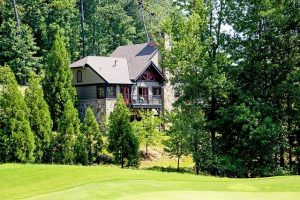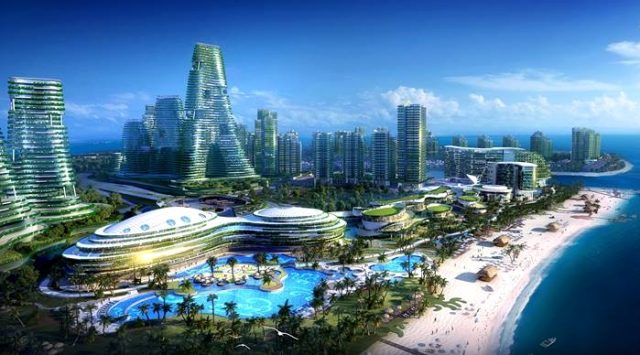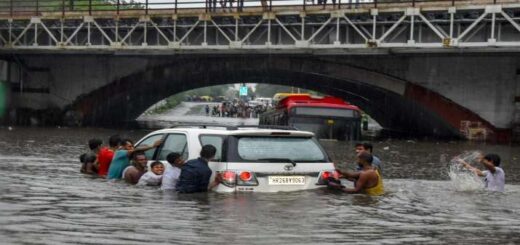The Smarter City / Manu Bhatnagar

The question regarding Indian cities is whether they will metamorphose into a butterflies or ugly moths !
India is urbanizing, not at a trot or a canter, but at a gallop. Urban populations are beginning to overtake rural populations in some states. In 1991 the number of urban settlements were 3768 whereas in 2001 the numbers had gone up to 4378 and which have almost doubled to 7935 in the 2011 census. The dizzying urban explosion has overwhelmed natural resources and financial resources as well as the receding countryside.
Weak urban departments are at their wits end to come up with planning solutions. Feeble enforcement agencies are unable to prevent the distortion of elaborate masterplans at the ground level and administrations are forever having to regularize the irregular.
Cities are increasing vulnerable to climate change, dogged by pollution issues, subject to urban flooding, facing water insecurity, overwhelmed by housing and transport challenges, challenged by harsh environments and psychological aberrations.
The Sustainable Development Goals were adopted by the UN in September, 2017 and Goal no. 11 is about making cities inclusive, safe, resilient and sustainable. While disjointed attempts are being made to address some of the aforementioned challenges, resilience and sustainability are falling through the cracks between single issue focused agencies and between several layers of authority with divided sectoral jurisdictions. The reliance on capital intensive engineering solutions is compounded by a reluctance to adopt nature based simpler economical solutions, building nature into the urban fabric, forest bathing
What nature based solutions can a city adopt to become more resilient and sustainable ? Can we build nature into the urban fabric? Let us look at a few possibilities.
- Urban Forests : Presently our cities are bereft of forests. If lucky the city may have large parks but these do not provide the benefits of forests.
- Forests moderate climate, provide a cooling effect, counter heat islands, can attract precipitation, help ground water recharge
- It is well known that immersing oneself in forests has a healing effect on both psyche and physique. The Japanese have promoted the concept of ‘shinrinyoku’ or forest bathing to describe the practice of ‘getting into the woods for body and mind renewal to counter lifestyle related issues’.
Forests must be seen as a part of water, health and pollution control infrastructure. Therefore, greenfield developments must provide space for urban forests in the landuse plan. On the other hand already built settlements can consider building green buffers along large storm water nullahs, developing riverine forests, partially converting large parks into woodlands, creating woodlands in large campuses, terrace and vertical gardens.
- Water : Presently, cities are surviving by depleting rivers and aquifers. As the water crisis intensifies it can no longer be business as usual. Efficiency in the use of water [i.e. performing a task with less water than before], recycling [treating used water and utilizing it for an appropriate purpose again and again] to reduce the freshwater footprint, creating local water sources, is the way forward.
Several tasks can be performed with increasing efficiency. Thus, integrating dry toilets [at least in new developments] can eliminate flushing water, a particularly bad use of freshwater. Similarly, the use of herbal soaps [such as reetha powder] can curtail washing machine water use by half whereas the use of spray guns/bottles can greatly reduce water utilized for car washing.
Preserving waterbodies in and around urban areas can be done with recycled water from STPs. Usually, there is a stigma attached with the use of recycled water which prevents its popularity. Also, the ideas regarding dual piping systems in households [owing to costs and breakages/repairs] as also reuse in public gardens [required for only some days over 6 months] are impractical. But once the treated water is recharged to the aquifer through the bed of a waterbody the water recovered through tubewells is no longer stigmatized and is useful for all purposes in a decentralized way.
Just like the landuse plan must reserve space for forests so too the plan must provide space for waterbodies siting them in low lying areas as indicated by the topography. Likewise, large campuses may develop waterbodies in consonance with the drainage plan to gather their rainfall runoff as well as use the same to store wastewater treated in on campus decentralized treatment plants.
- The elaboration of such practices on a large scale would make a significant contribution to the resilience and sustainability of our cities while reducing their water footprint.




